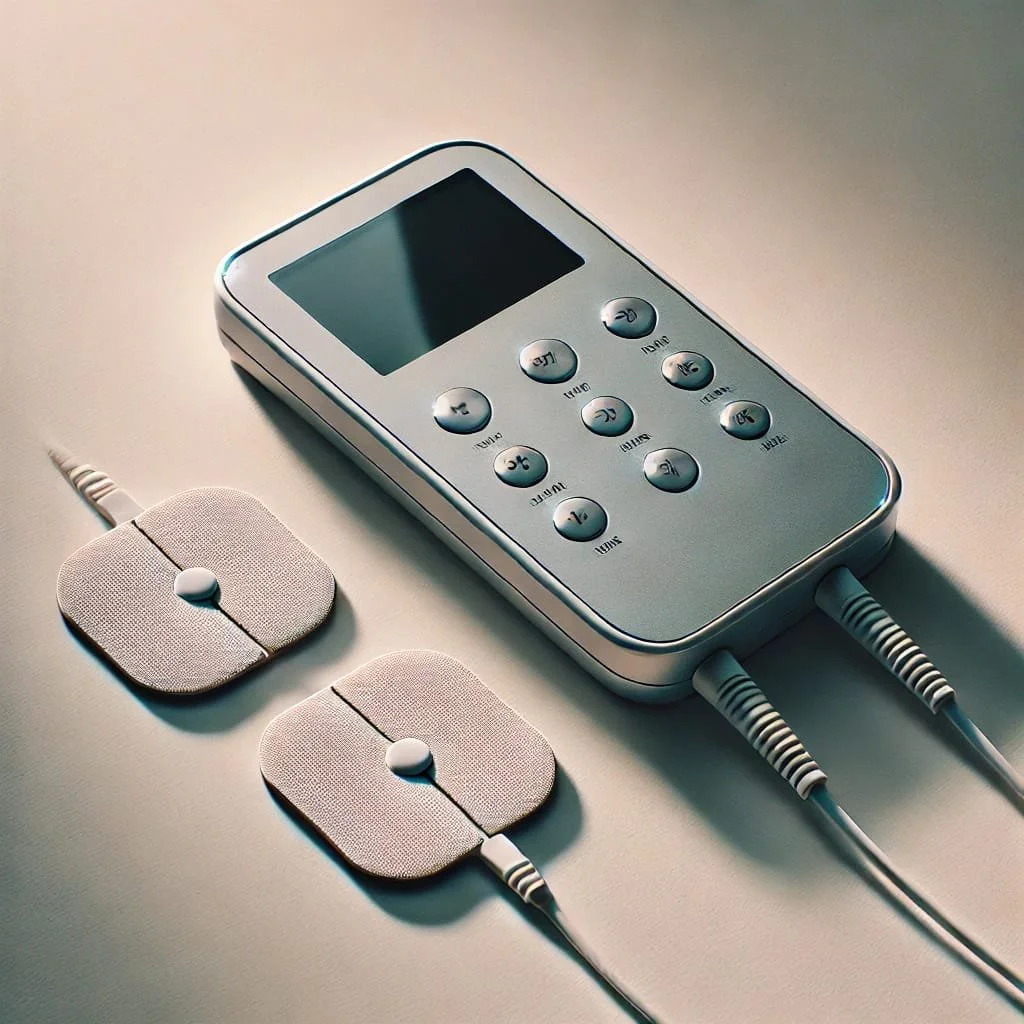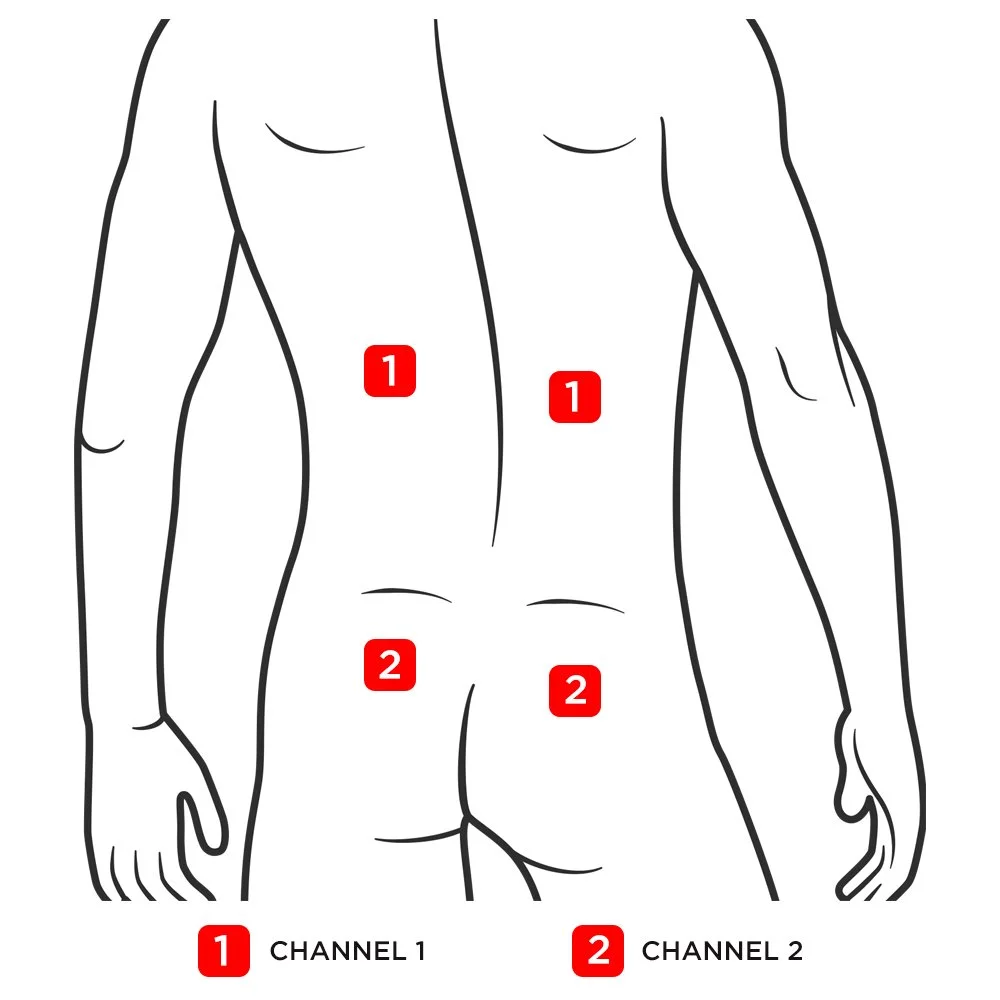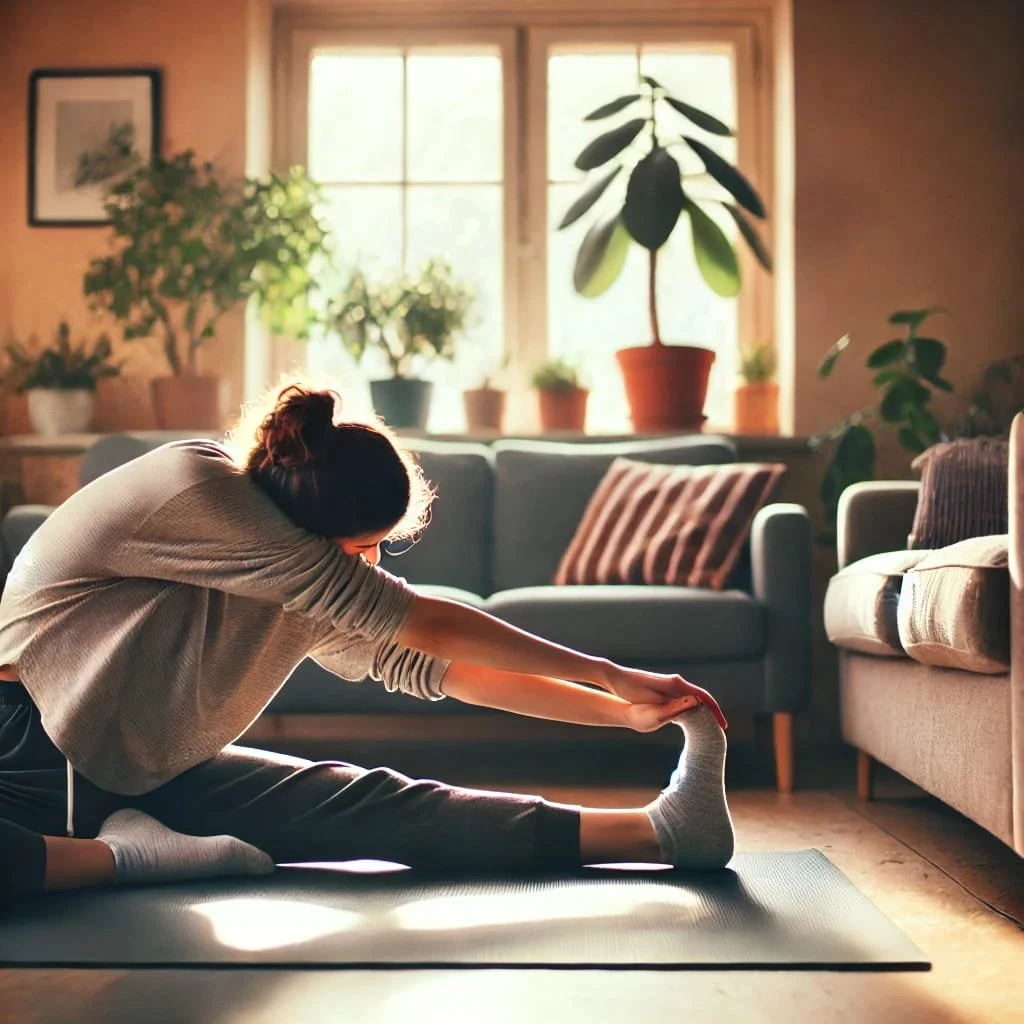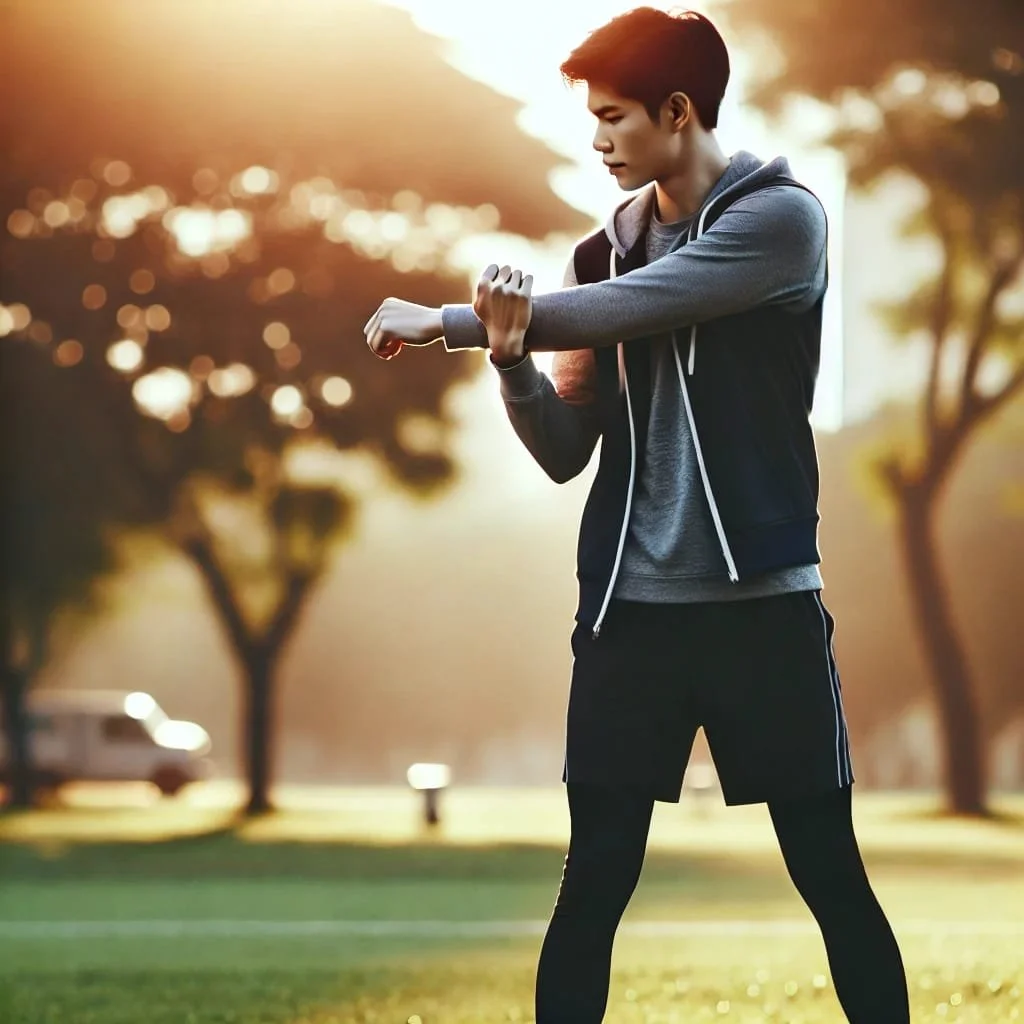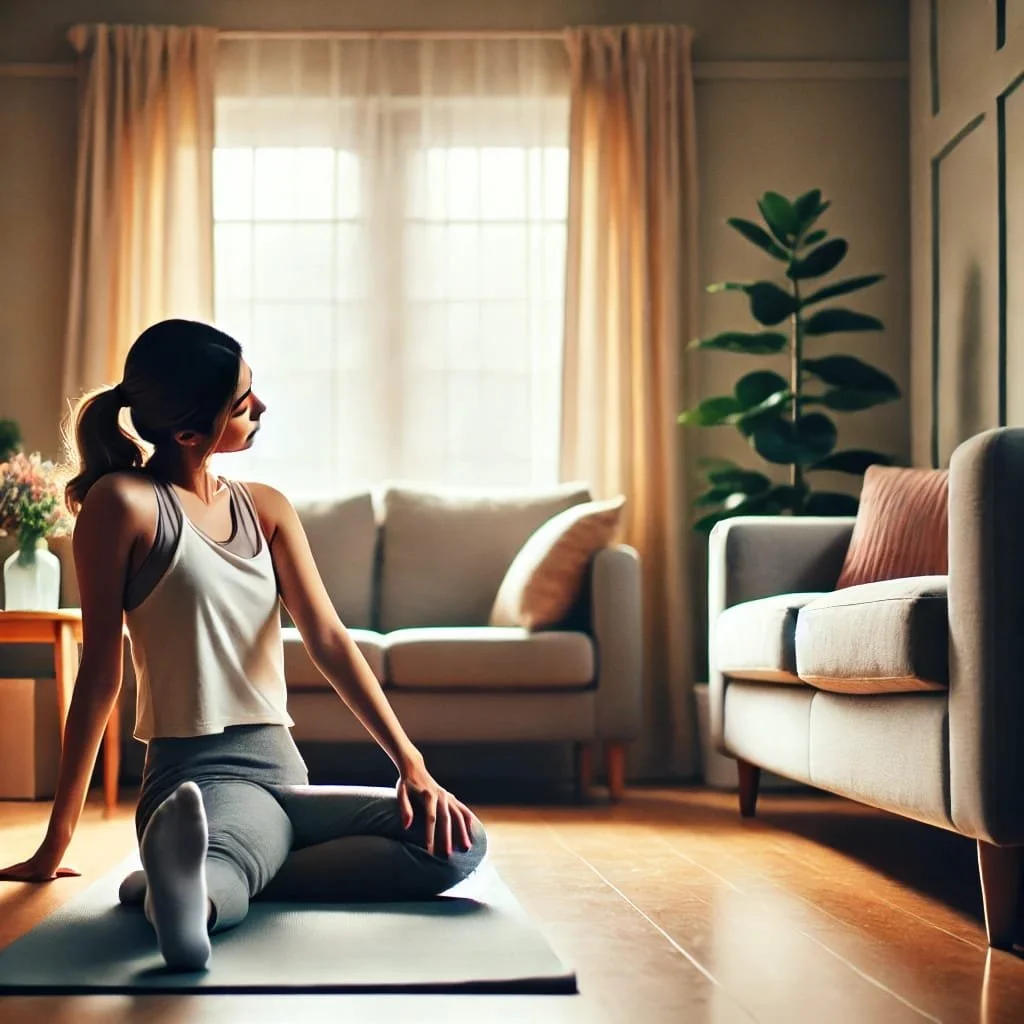Pain Management & Recovery
At National Disability Compass, we understand that pain is more than just physical—
it’s emotional, mental, and deeply personal.
That’s why we offer tools, knowledge, and strategies to help you manage pain, support recovery, and rebuild strength and mobility—at your pace, with your body.
“You can’t release pain in one area without working everything around it.”
TENS Therapy (Transcutaneous Electrical Nerve Stimulation)
What is TENS Therapy?
TENS stands for Transcutaneous Electrical Nerve Stimulation. It’s a gentle, non-invasive treatment that uses electrical pulses to help reduce pain signals and relax tight muscles.
By applying small electrode pads to specific areas of the body, TENS can:
Block pain signals from reaching the brain
Stimulate circulation
Help release endorphins (natural pain relievers)
Reduce inflammation and muscle spasms
Best Used For:
Lower back, glutes, hips, neck, shoulders
After workouts, before bed, or during recovery days
20–30 minutes per session (low settings first)
How to Use a TENS Unit for Pain Relief
Pad Placement Basics:
Always place pads around the area of pain, not directly over the spine or joints.
Keep at least 1 inch of space between each pad.
If using 2 pads, place one on either side of the painful area.
If using 4 pads, use them in a cross pattern so the current flows through the pain zone.
Important Tips:
✅ Always begin on the lowest intensity setting
✅ Never place pads directly on the spine, neck arteries, or broken skin
✅ Keep the area clean and dry before applying pads
✅ Cross the area of pain when using four pads for deeper relief
✅ Experiment safely with pad placement—everyone’s pain pattern is different
✅ Consult your physiotherapist or healthcare provider if unsure
Suggested Pad Placements for Common Conditions
Lower Back Pain: One pad on either side of the spine, or one set above and below the pain area.
Shoulder Pain: Place pads symmetrically around the area of stiffness (with spine centered).
Calf Pain: On either side or above and below the pain area.
Wrist/Hand Pain: One pad on the back of the hand, the other just below the wrist on the forearm.
Sciatica: Pads on either side of the lower spine or along the path of the nerve in the leg.
Abdominal Pain (e.g., constipation): Pads on either side of the lower abdomen and lower back.
Stretching & Mobility Routines
Free up your joints, reduce pain, and rewire movement patterns.
Stretching isn’t just about flexibility—it’s about restoring communication between the brain and body.
Stretching involves deliberately lengthening muscles to improve flexibility and joint range of motion. Incorporating regular stretching into your routine offers several benefits:
Improved Flexibility: Enhances your ability to perform daily activities with ease.
Increased Range of Motion: Allows joints to move more freely, reducing stiffness.
Injury Prevention: Flexible muscles are less prone to injuries.
Enhanced Blood Flow: Promotes better circulation to muscles, aiding in recovery.
Stress Relief: Alleviates muscle tension, contributing to overall relaxation.
Types of Stretching
Static Stretching: Involves holding a stretch for a period, typically 15-60 seconds. Best performed after exercise when muscles are warm.
Dynamic Stretching: Involves moving parts of your body through a full range of motion in a controlled manner. Ideal as part of a warm-up routine.
Basic Stretching Guidelines
Incorporating Stretching into Your Routine
Warm-Up First: Engage in light activity (e.g., walking) before stretching to prepare your muscles.
Focus on Major Muscle Groups: Target areas such as calves, thighs, hips, lower back, neck, and shoulders.
Avoid Bouncing: Stretch smoothly to prevent muscle strain.
Hold Each Stretch: Aim for 15-60 seconds per stretch, repeating each 2-4 times.
Pain-Free Stretching: You should feel tension, not pain. Adjust the stretch intensity accordingly.
To reap the benefits, integrate stretching into your daily activities:
Post-Exercise: Use static stretching during your cool-down to maintain flexibility.
Daily Routine: Regular stretching, even on non-exercise days, can enhance mobility and reduce discomfort.
Safety Considerations
Consult a Professional: If you have existing health conditions or injuries, seek guidance to determine appropriate stretches.
Listen to Your Body: Avoid overstretching and stop if you experience pain.
Self-Massage & Muscle Activation
What is Muscle Activation?
Muscle activation is the process of your brain sending signals to muscles via the nervous system, causing them to contract and generate movement. It’s essential for everything—from walking and posture to strength training and rehabilitation.
Muscle activation begins with a signal from your brain, sent through nerves to the neuromuscular junction, where muscles respond by contracting. This connection is vital for physical performance and stability, especially in those with chronic pain or movement issues.
Benefits of Muscle Activation:
✅ Improved strength and performance
✅ Reduced risk of injury
✅ Increased body awareness and coordination
✅ Relief from muscle compensation and overuse
✅ Better control and support in daily movement
Muscle Activation in Recovery & Fitness:
In rehab and fitness, “muscle activation” refers to specific exercises that prepare weakened or inactive muscles to work effectively again. These exercises restore balance, coordination, and support across the body. Examples include:
Glute Bridges
Planks
Resistance Band Pull-Aparts
Bird-Dogs / Dead-Bugs
Twisting Core Exercises (e.g., cable kneeling twists)
These movements teach the nervous system to "reconnect" to underactive muscles, especially important in people with muscle atrophy or neuromuscular dysfunction.
Massage Guns & Self-Massage for Activation & Recovery
According to recent research (PMC10069390, PMC10532323), massage guns have shown positive effects on:
Increasing blood flow to sore or dormant muscles
Improving range of motion
Reducing delayed-onset muscle soreness (DOMS)
Stimulating muscle fibres to prepare for activation
Triggering neuromuscular recovery
How to Use Massage for Activation:
Before Training – Use short bursts (30–60 seconds) to stimulate muscles like the glutes, hamstrings, or shoulders.
After Training – Use longer sessions (1–2 minutes per muscle group) to reduce tension and support recovery.
During Rehab – Combine massage with activation movements to help reconnect the mind-body-muscle connection.
“Activate, engage, and recover.” Use targeted self-massage and mindful movements to wake up dormant muscles and retrain your body to move better and feel stronger.
Daily Recovery Strategies
What you do outside of training matters just as much as the training itself.
Recovery is a daily ritual that helps manage pain and support long-term growth.
Tips:
Stay hydrated
Take Magnesium, Iron, and Vitamin D
Use heat packs for muscle relaxation
Use cold compress for inflammation after intense sessions
Prioritize sleep and mental rest
Pro Insight:
“Neuroplasticity needs stillness. Growth happens during rest.”
Emotional Awareness & Pain
The body remembers everything—even the emotions you ignore.
Pain often grows louder when we’re emotionally overwhelmed, anxious, or mentally drained.
You might notice more tension when you’re stressed, overthinking, or feeling isolated.
“When pain speaks, listen—not just with your body, but with your heart.”
Tools:
Journaling pain patterns
Breathwork (inhale for 4, hold for 4, exhale for 6)
Guided meditation or emotional check-ins
Ready to Rebuild From the Pain?
If you’re tired of guessing and want guidance tailored to your body—we’re here.
At National Disability Compass, we don’t just talk pain—we live it.
We use lived experience, science, and holistic strategies to help you recover and move forward.

